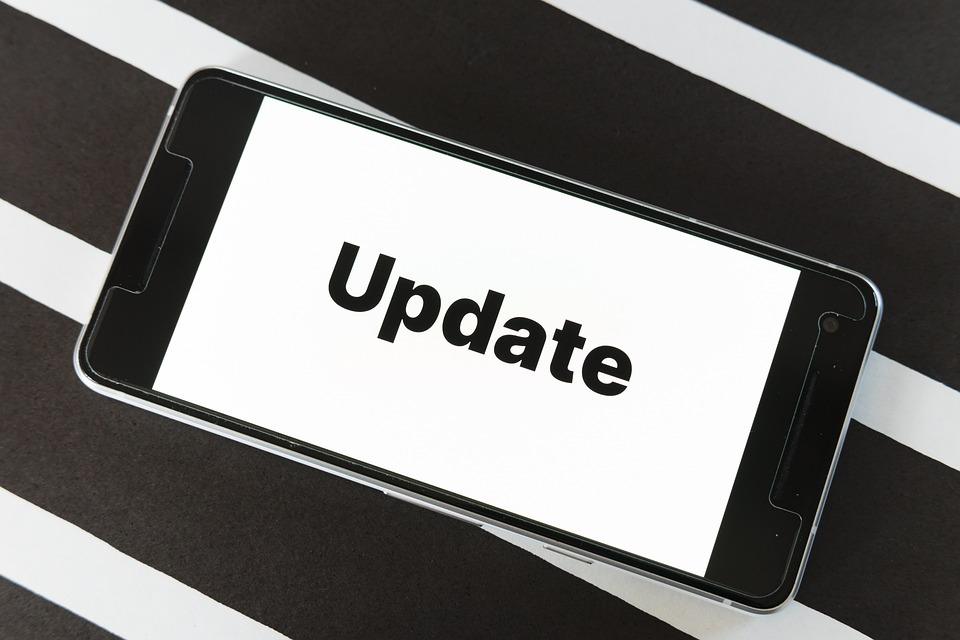Troubleshooting Android update errors can feel like a daunting task, especially when you rely on your device for daily communication and entertainment. When that update notification pops up, it promises new features, improved security, and enhanced performance. But what happens when something goes awry? This guide will help you navigate the rocky terrain of Android updates, turning frustration into empowerment.
Contents
Understanding Android Update Errors
Android updates are essential for keeping your device running smoothly. They can enhance your phone’s performance, fix bugs, and introduce new features. However, errors during an update can lead to a world of inconvenience. You might experience slow performance, app crashes, or even a device that refuses to start.
Knowing how to troubleshoot these errors not only keeps your device in top shape but also ensures you don’t miss out on the latest improvements.
Common Android Update Errors
Before diving into solutions, let’s identify some common Android update errors you might encounter:
1. Insufficient Storage Space
One of the most frequent culprits behind update failures is insufficient storage. Your device needs ample space to download and install updates.
2. Connectivity Issues
Whether it’s Wi-Fi or mobile data, a shaky connection can interrupt the update process, leading to errors.
3. Incompatible Software
Sometimes, your device may not be compatible with the new software version. This often occurs with older devices.
4. Battery Level Too Low
Updating your Android requires a significant amount of power. If your battery is low, the update might not proceed.
5. Corrupted Update File
If the update file is corrupted during download, you’ll face errors when trying to install it.
Troubleshooting Android Update Errors
Now that you’re familiar with common issues let’s explore practical solutions to get your Android device back on track.
1. Free Up Storage Space
Why it Matters: Insufficient storage is a major barrier to successful updates.
How to Fix:
- Go to Settings > Storage.
- Review your storage usage and delete unnecessary files, apps, or media.
- Consider moving photos and videos to the cloud or an external storage device.
2. Improve Connectivity
Why it Matters: A strong, stable connection is crucial for downloading updates.
How to Fix:
- Switch to a reliable Wi-Fi network. Avoid public Wi-Fi as it may not be secure.
- Restart your router for a fresh connection.
- If using mobile data, ensure you have a strong signal.
3. Check for Device Compatibility
Why it Matters: Not all devices can handle the latest updates.
How to Fix:
- Visit the manufacturer’s website to verify compatibility with the latest Android version.
- If your device is too old, consider upgrading to a newer model.
4. Charge Your Device
Why it Matters: A low battery can halt the update process.
How to Fix:
- Plug your device into a charger before starting the update.
- Ideally, your device should be at least 50% charged to ensure a smooth update.
5. Clear Cache and Data
Why it Matters: Cached data can sometimes interfere with the update process.
How to Fix:
- Go to Settings > Apps.
- Find the Google Play Services app.
- Tap on Storage and select Clear Cache and Clear Data.
6. Restart Your Device
Why it Matters: Sometimes, all your device needs is a simple reboot.
How to Fix:
- Hold down the power button and select Restart.
- This can refresh the system and may resolve minor glitches.
7. Retry the Update
Why it Matters: After addressing potential issues, you should give the update another shot.
How to Fix:
- Go to Settings > System > System Update.
- Tap on Check for Updates to see if the update is available again.
8. Factory Reset (Last Resort)
Why it Matters: If all else fails, a factory reset can resolve persistent issues.
How to Fix:
- Ensure you back up your important data first.
- Go to Settings > System > Reset Options > Erase All Data (Factory Reset).
Preventing Future Update Errors
Once you’ve successfully updated your device, it’s wise to take steps to prevent future issues.
1. Regular Maintenance
Keep your device clean and organized. Regularly delete unused apps and files to maintain sufficient storage.
2. Stay Informed
Follow your device manufacturer’s news and updates. Being aware of potential issues or updates can save you time.
3. Use Trusted Networks
Always use secure and trusted Wi-Fi networks for downloading updates. This reduces the risk of corrupted files.
4. Keep Your Device Charged
Make it a habit to keep your device charged, especially before initiating updates.
When to Seek Help
If you’ve tried all the solutions and still can’t get past the update errors, it may be time to consult a professional. Reach out to your device’s customer support or visit an authorized service center.
Bottom Line
Troubleshooting Android update errors doesn’t have to be a frustrating experience. By understanding common issues and following practical solutions, you can keep your device running smoothly. Remember, technology is here to serve you, not the other way around.
If you found this guide helpful, share it with friends or family who might be facing similar issues. Your support can help others navigate the tricky waters of Android updates with confidence!
FAQ
Q: How often should I update my Android device?
A: Aim for regular updates, ideally whenever they’re available, to ensure your device is secure and functioning optimally.
Q: What if my device is too old for updates?
A: If your device can’t support the latest updates, consider upgrading to a newer model for the best experience.
Q: Can I skip updates?
A: While you can skip updates, it’s not advisable. Updates often contain critical security patches and improvements.
Now you’re equipped to tackle Android update errors head-on. Embrace the journey, and don’t hesitate to reach out for help when needed!








